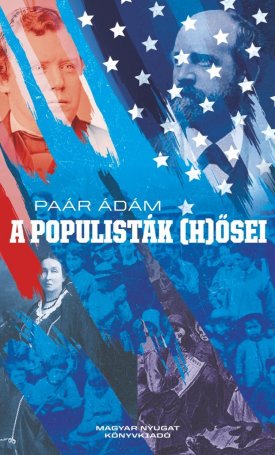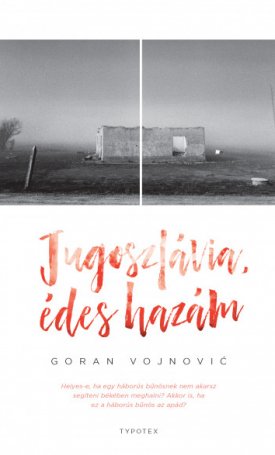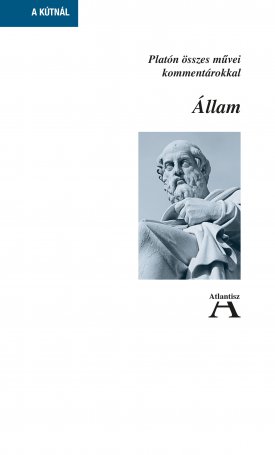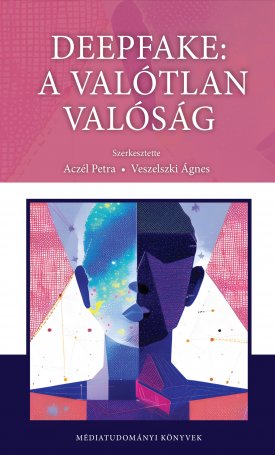Manual of Museum Exhibitions
-10%
17 980 Ft
16 182 Ft
Előrendelés(Bejelentkezés szükséges)
A kedvezményes árak kizárólag a webshopunkon keresztül leadott megrendelésekre érvényesek!
Manual of Museum Exhibitions
Drawing on years of experience and top-flight expertise, Barry Lord and Maria Piacente detail the exhibition process in a straightforward way that can be easily adapted by institutions of any size. They explore the exhibition development process in greater detail, providing the technical and practical methodologies museum professionals need today. They’ve added new features and expanded chapters on project management, financial planning and interactive multimedia while retaining the essential content related to interpretive planning, curatorship, and roles and responsibilities.
This second edition of the standby Manual of Museum Exhibitions is arranged in four parts:
Why – Covering the purpose of exhibits, where exhibit ideas come from, and how to measure success
Where – Covering facilities and spaces, going into details including security and interactive spaces
What – A look at both permanent collection displays and non-collection displays as well as virtual, participatory, temporary, travelling displays and retail sales.
How – Who is involved, planning, curatorship and content development, design, multimedia, fabrication and installation, financial planning, and project management.
Over 130 figures and photographs illustrate every step of the exhibit process. No museum can be without this critical, detailed guide to an essential function.
Contents:
1. Introduction: The Exhibition Planning Process
By Gail Dexter Lord and Maria Piacente
Part I: Why?
2. The Purpose of Museum Exhibitions
By Barry Lord
2.1 Exhibitions as a Function of Museums
2.2 Museum Exhibitions as the Communication of Meaning
2.3 Modes of Exhibition Apprehension
Case Study: Cleveland Museum of Art
3. Where Do Exhibition Ideas Come From?
By Barry Lord
3.1 Research-Based and Market-Driven Exhibitions
3.2 Planning for Exhibition Research
4. Measuring Success
By Gail Dexter Lord
4.1 Museum Specific Evaluation Criteria
4.2 Who is the Exhibit for—and Why? by Kate Markert and Gail Dexter Lord
4.3Before, During, and After: Front-End, Formative and Summative Evaluation by Duncan Grewcock
4.4Qualitative and Quantitative Audience Research by Babara Soren and Jackie Armstrong
Part I: Where?
5. Exhibition Facilities
By Heather Maximea
5.1 Developing Design Criteria for Exhibition Space
5.2 Exhibition Environments for Collections
5.3 Exhibition Space Characteristics
5.4 Exhibition Security
5.5 Accessibility, Adjacency, and Flow
6. A World of Exhibitions Spaces
By Heather Maximea
6.1 Permanent and Changing Exhibitions Spaces
6.2 Exhibition Spaces for Art or Archives
6.3 Exhibition Spaces for Artifacts or Specimens
6.4 Interactive Exhibition Spaces
6.5 Study Spaces within the Exhibition
6.6 Temporary Exhibition and Multipurpose Spaces
Part I: What?
7. Permanent Collection Displays
By Katherine Molineux
7.1 Planning for Permanent Collection Exhibitions
7.2 Collection Display
7.3 Interpretive Collections
7.4 Modes of Display
8. Non-Collection Displays
By Katherine Molineux
8.1 Idea Exhibitions
8.2 Children’s Exhibitions
8.3 Living History Exhibitions
8.4 Science Exhibitions
Case Study: Weston Innovation Centre
9. Virtual Experiences
By Ngaire Blankenberg
10. Participatory Exhibitions
By Ngaire Blankenberg
10.1 Participatory Exhibitions: Enhancing the Museum’s Value for New Publics
10.2 The Paradox of Participation
10.3 Why Have Participatory Exhibitions? Goals and Success Indicators
10.4 From Visitors to Participants: The Participant Continuum
10.5 Types of Participatory Exhibits
10.6 Ingredients for Participation
10.7 Conclusion
11. Temporary Exhibitions
By Katherine Molineux and Maria Piacente
11.1 Managing a Temporary Exhibition Program
11.2 Making Space for Temporary Exhibitions
11.3 Public and Educational Programming
11.4 Funding a Temporary Exhibition Program
11.5 Generating Revenue
12. Travelling Exhibitions
By Maria Piacente
12.1 Staff and Professional Resources
12.2 Loan Agreement
12.3 Preparing an Exhibition for Travel
12.4 Manager the Tour
12.5 Borrowers and Organizers
13. Retail
By Susan Dunlop
22.1 Key Trends and Principles
22.2 Retail Research
22.3 Merchandise Mix
22.4 Beyond the Museum Shop
22.5 Products Related to Temporary Exhibitions
Case Study: Harry PotterTM: The Exhibition
Part I: How?
14. Who is involved in the Exhibition Process?
By Maria Piacente
13.1 Roles and Responsibilities
13.2 Teams and Committees
13.3 Contracting Expertise
13.4 Decision Making
15. Preparing the Exhibition Brief
By John Nicks and Maria Piacente
14.1 Formulating the Exhibition Concept
14.2 Exhibition Brief
Case Study: Canada Day 1
16. Interpretive Planning
By Maria Piacente
15.1 Addressing Learning Styles
15.2 Interpretive Planning Process
Case Study: National Archaeological Museum Aruba
17. Curatorship and Content Development
By Lisa Dillon Wright
16.1 Research Planning
16.2 Collections Research and Selection
16.3 Exhibition Text
16.4 Image Research and Procurement
16.5 Researching Hands-On Exhibits, Models, and Dioramas
16.6 Researching Multimedia Exhibits
18. Design
By Yvonne Tang
17.1 The Design Process
17.2 Designing Interactivity
17.3 Lighting by Kevin Shaw
17.4 Exhibition Display Cases by Jim Stewart
17.5 Graphic Design by Jacqueline Tang
17.6 Universal Design and Diversity by Craig Thompson and Phillip Thompson
17.7 Green Design
19. Multimedia
By Ken Reddick and Milicia Stefanec
19.1 What is it?
19.3 Hardware and Software
19.4 Centralized Control or Not?
19.5 Where does Content Live?
19.6 Visitor Technology
19.7 Social Media
19.8 Operations and Maintenance
19.9 From Concept to Delivery and Beyond: Developing a Multimedia Exhibit
Case Study: Developing Multimedia Experiences for the Royal Ontario Museum’s Ultimate Dinosaurs: Giants from Gondwana
20. Fabrication and Installation
By Erich Zuern
20.1 Design-Build or Design-Bid - What’s the Difference?
20.2 Getting Started
20.3 Fabrication Process
20.4 Tracking and Scheduling
20.5 Warranty
21. Financial Planning
By Erich Zuern
21.1 Creating an Exhibition Budget
21.2 Direct Exhibition Costs
21.3 Related Exhibition Costs
21.4 Managing the Budget
22. Effective Exhibition Project Management
By Robert LaMarre
22.1 What is Project Management and Why is it Needed?
22.2 A Team Effort
22.3 Applying Project Management Methodology
22.4 Certifications and Continuous Learning
22.5 Completing the Tasks
23. Conclusion
By Gail Dexter Lord
Glossary
Annotated Bibliography
List of Contributors
Index
Authors:
Barry Lord, Co-Founder and Co-President of LORD Cultural Resources, is internationally known as one of the world’s leading museum planners. Based in Toronto but working globally, Barry brings over fifty years of planning experience in the management and planning of museums, galleries, and historic sites. Barry also co-edited The Manual of Museum Planning (1991, 1999, and 2012); wrote The Manual of Museum Management (1997 and 2009); and edited The Manual of Museum Learning (2007). A former curator, art critic, art historian and museum educator, he has organized and curated many exhibitions and has planned exhibition galleries and facilities for hundreds of museums on four continents. Barry graduated in Philosophy from McMaster University and after graduate work at Harvard University took the National Gallery of Canada Museum Training Program.
Maria Piacente, Vice President of Exhibitions and Events at Lord Cultural Resources, specializes in interpretive planning, exhibition development and project management for cultural projects of all sizes, ranging in scope from art to science to history. Grounded in current museological theory, Maria’s global experience enables her to incorporate both conceptual and curatorial aspects with leading-edge technological applications, ensuring an exciting and enriching visitor experience within operational realities. Maria holds a Bachelor of Arts degree in Archaeology and Near Eastern History and a Master’s degree in Museum Studies, both from the University of Toronto.
















